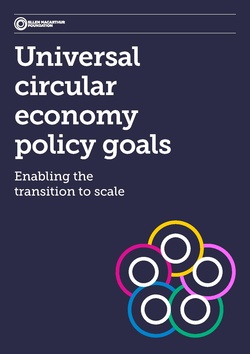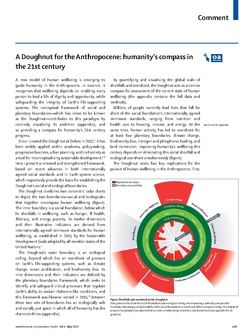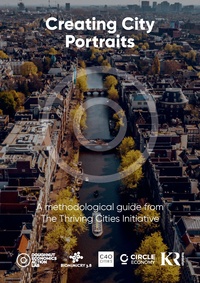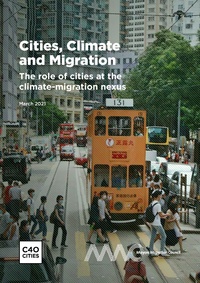Wellbeing
| Wellbeing | ||||||||||||||||
|---|---|---|---|---|---|---|---|---|---|---|---|---|---|---|---|---|
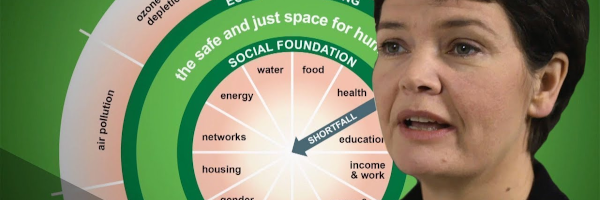
| ||||||||||||||||
| Introduction | ||||||||||||||||
| Contact | Stan Curtis | |||||||||||||||
| Topics | ||||||||||||||||
NEWS
REPORTS | ||||||||||||||||
- Authors
Wellbeing refers to a state of being happy, healthy, and comfortable in one's life. It encompasses a range of physical, mental, and emotional factors, and can be influenced by a variety of factors such as genetics, environment, and personal choices.
Physical well-being includes elements such as having enough energy, feeling good in one's body, and being free from illness or injury. Mental well-being includes elements such as having a positive outlook, feeling able to cope with stress, and having a sense of purpose or meaning in life. Emotional well-being includes elements such as feeling content and satisfied, and having supportive and positive relationships.
Overall, well-being is a multi-faceted concept that includes many different aspects of a person's life. It can be influenced by a variety of factors including the physical environment, social support, work-life balance, and personal choices. People can work on improving their well-being by making healthy choices, staying active and engaged, and by seeking support when needed.
Measurement
Gross Domestic Product (GDP) is a measure of a country's economic activity and performance. It is calculated by adding up the value of all goods and services produced within a country in a given period of time, usually a year.
- Strengths of GDP include
- It is widely used and understood, making it easy to compare economic performance between countries.
- It provides a single number that can be used as an overall indicator of a country's economic health.
- Weaknesses of GDP include
- It only measures economic activity that is monetized, and does not take into account non-market activities such as unpaid work (e.g. caring for children or elderly) or black market activities.
- It does not measure the distribution of income or the well-being of citizens.
- It does not account for negative externalities such as pollution or resource depletion.
There are a number of efforts to address these weaknesses. "In order to allow analysis of a wide range of ethical decision problems, any version of a coherent individualistic ethical decision theory requires some ideal index indicating the ethical value of each individual’s life. It seems reasonable that this index should be related to wellbeing. In fact the values involved in determining well-being might still form part of an ideal value index, but only after they have been suitably repackaged. But it would appear that a satisfactory ethical value index must transcend any of the commonly accepted notions of wellbeing". Peter J. Hammond, Department of Economics, Stanford University
Circular Economy
The circular economy is an economic model that aims to keep resources in use for as long as possible and to minimize waste and pollution. It is based on the principles of designing out waste and pollution, keeping products and materials in use, and regenerating natural systems. The circular economy is in contrast to the traditional linear economy, which is based on the “take-make-use-dispose” model, where resources are extracted, used to make products, consumed, and then discarded as waste.
The circular economy addresses the negative externalities of the economy by reducing the use of natural resources, decreasing waste and pollution, and increasing the efficiency of resource use. The key principles of the circular economy include:
- Designing products and systems to be easily disassembled, repaired, refurbished, and recycled
- Maximizing the use of renewable energy and minimizing the use of fossil fuels
- Using digital technologies to enable the circular economy, such as the use of digital twins, digital platforms, and blockchain to improve the tracking and management of resources
- Investing in circular business models and infrastructure, such as shared assets and circular supply chains, to improve the flow of resources
- Encouraging collaboration and co-creation across the value chain to build circular business models and infrastructure
By following these principles, the circular economy aims to create a more sustainable and resilient economic system that benefits both the environment and the economy.
Doughnut Economics
Doughnut economics is a framework developed by economist Kate Raworth that aims to balance economic, social, and environmental well-being within the boundaries of the planet. It is based on the idea that economies should operate within the "doughnut-shaped" space between the "social foundation" and the "ecological ceiling." The social foundation represents the minimum standards of well-being that every person should have access to, such as adequate food, housing, and healthcare. The ecological ceiling represents the maximum level of environmental degradation that the planet can sustain.
Doughnut Economics addresses the weaknesses of GDP by providing a holistic view of well-being that goes beyond economic growth. It focuses on meeting the needs of all people within the means of the planet, and it takes into account the social and environmental factors that GDP does not.
Some of the ways it addresses the weaknesses of GDP include:
- It includes social foundations such as, living wages, basic health care, education and access to political voice
- It includes ecological boundaries such as, air quality, water and biodiversity, as well as climate change
- It emphasizes on the need of regenerative economy,
- It calls for a shift in the economic systems to prioritize the well-being of people and the planet over economic growth
Doughnut economics is seen as a way to create a more sustainable and equitable economic system. It highlights the need to rethink our economic goals and to prioritize the well-being of people and the planet over economic growth.

![link=[[Media:{{{Release}}}]]](/images/thumb/9/92/Brookings.jpg/200px-Brookings.jpg)









